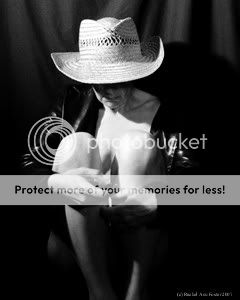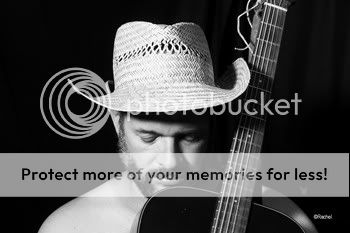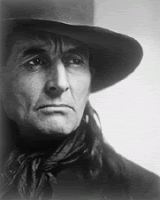Rachel Foster
New member
I've been perusing links found in the favorite photographers thread and have found some that I wonder about. For example this one is problematic to me because of the shadowed face, particularly the eyes.

Hurrelphotography.com Jean Harlow Circa 1946
In fact, he tended to favor shadowed eyes.
Jean Harlow by George Hurrell
My question is...why does this "work?" Or does it?
Hurrelphotography.com Jean Harlow Circa 1946
In fact, he tended to favor shadowed eyes.
Jean Harlow by George Hurrell
My question is...why does this "work?" Or does it?
Last edited by a moderator:



